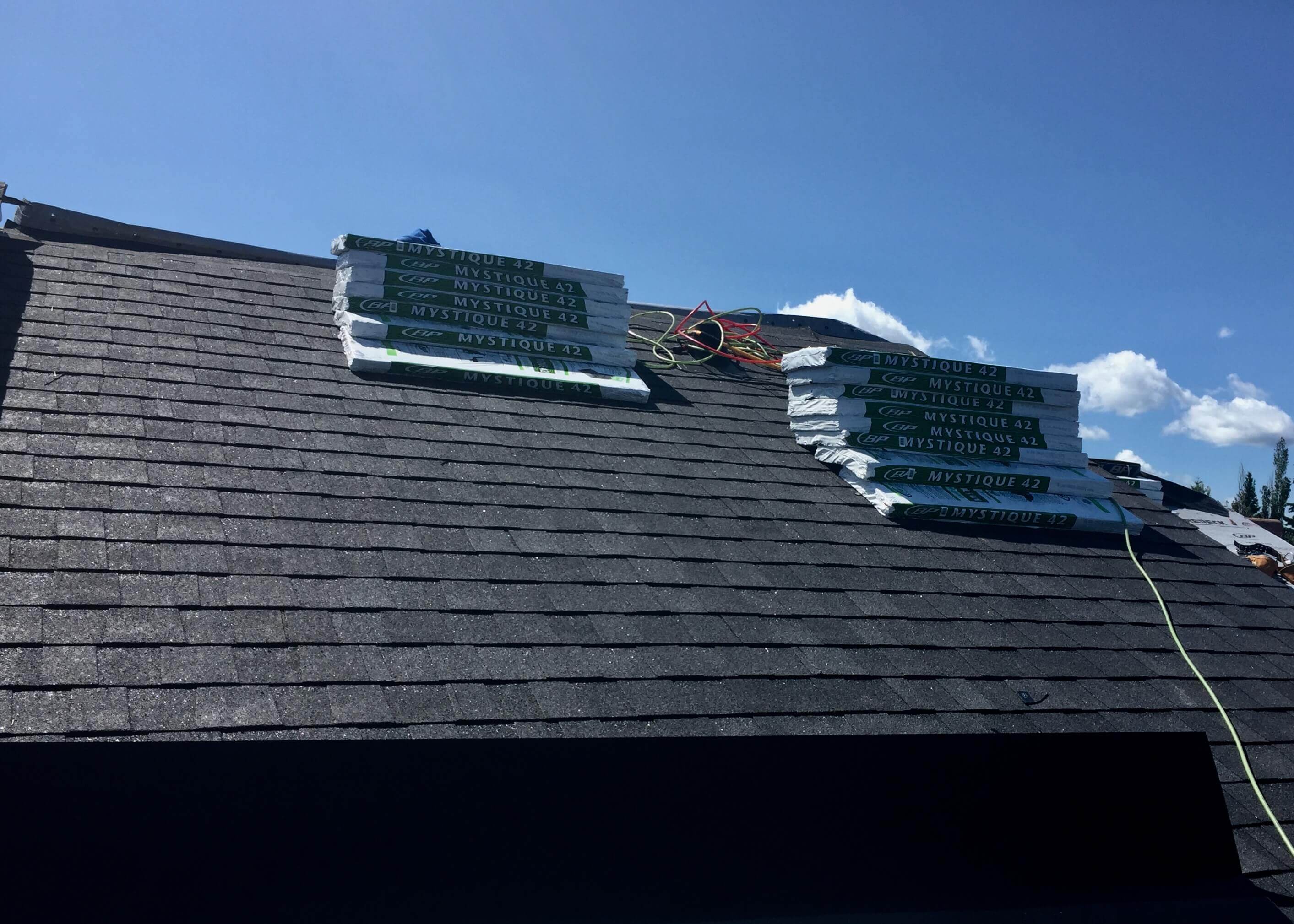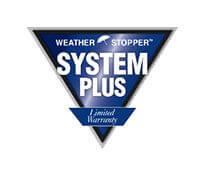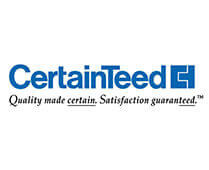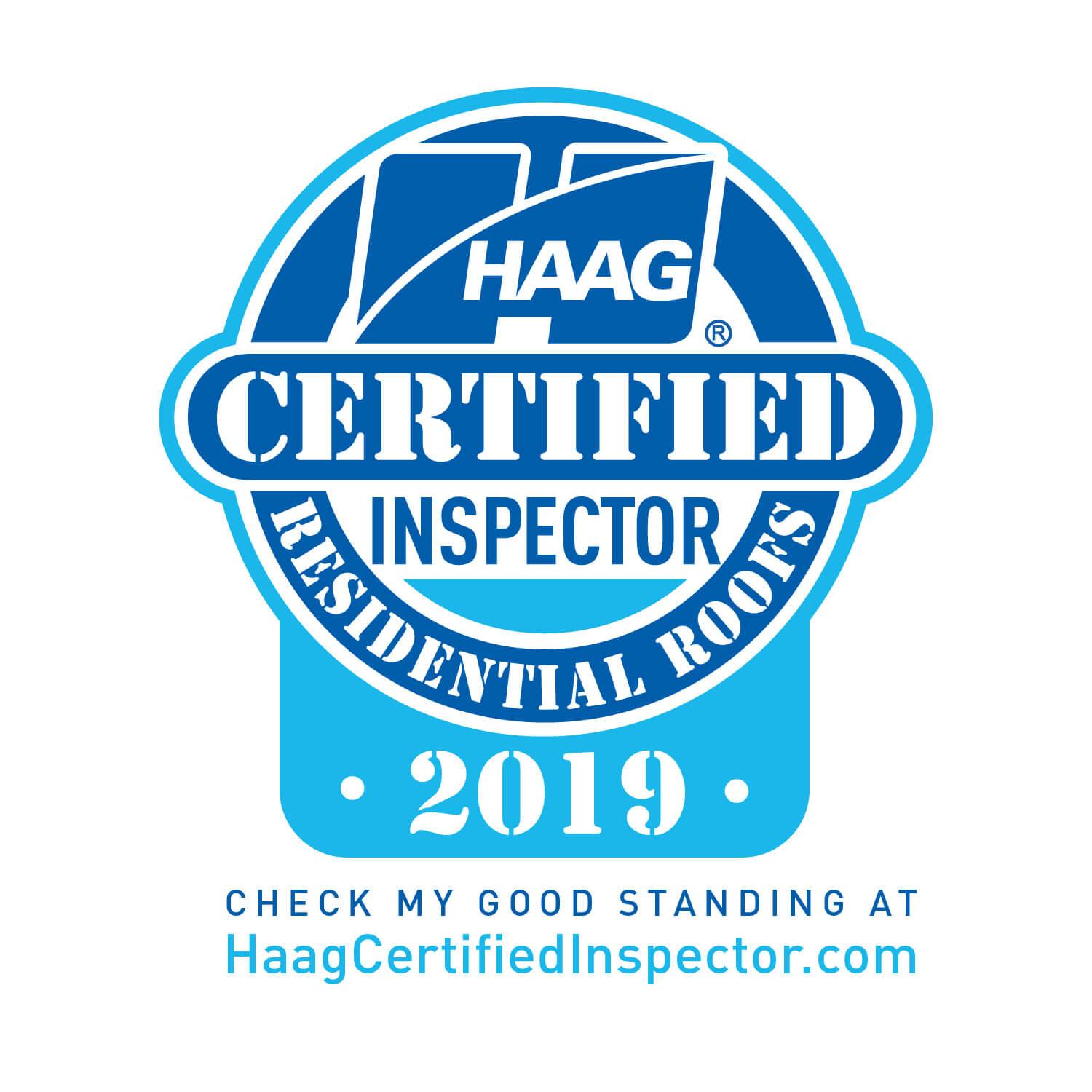
September 27, 2024
Winter roof inspection is crucial for homeowners. Snow and ice can cause serious damage if left unchecked. Regular inspections help identify leaks, cracks, and weak spots before they become major issues. This proactive approach not only saves money but also extends your roof’s lifespan.
Neglecting winter roof maintenance can lead to costly repairs and safety hazards. Understanding the signs of wear and tear is essential. Knowing when to call in the pros ensures your home stays safe and cozy during the cold months. Get ahead of winter woes by prioritizing a thorough inspection. Protect your investment and enjoy peace of mind this season.
Key Takeaways
-
Regular roof inspections are crucial to prevent major damage during winter months, ensuring your home remains safe and dry.
-
Early inspections can identify problems before they worsen, saving you money on repairs and extending the life of your roof.
-
Focus on key areas such as shingles, gutters, and flashing during your inspection to catch potential issues early.
-
Keep your roof clean by removing debris and snow, which can help prevent leaks and ice dams.
-
Address any repairs promptly to avoid further complications and maintain the integrity of your roof.
-
Consider hiring a professional for thorough inspections, especially if you are unsure about the condition of your roof.
Importance of Roof Inspection
Prevent Winter Damage

Proper roof inspection is crucial before winter. A thorough roof inspection can help identify vulnerabilities that may lead to ice dams or leaks. Ice dams occur when melting snow refreezes at the edge of the roof. This can trap water and cause leaks inside your home.
Regular roof inspections also allow homeowners to spot weak areas that may worsen under heavy snow loads. Snow can be heavy, and roofs must support its weight. Addressing issues proactively minimizes winter-related damage. Fixing small problems now can prevent costly repairs later.
Maintain Home Safety
Home safety is a top priority during winter. A professional roof inspection ensures the roof can withstand severe weather conditions. Heavy snowfall and strong winds can put stress on roofing structures.
Loose materials pose risks as well. They could fall and cause injury to people below. Regular inspections help check for these loose materials. Verifying structural integrity is essential to prevent accidents during winter storms. A stable roof protects both your family and your property.
Extend Roof Lifespan
Extending the lifespan of your roof saves money in the long run. Conducting regular inspections helps catch problems early. Issues like missing shingles or damaged flashing can lead to bigger problems if ignored.
Maintaining roofing materials is key to avoiding premature deterioration. Weather elements can wear down roofs over time. Comprehensive roof inspections identify signs of wear and tear, allowing for timely maintenance.
Implementing repairs promptly prolongs the life of your roof investment. Homeowners should prioritize regular roof inspections, especially in spring and fall. These seasons provide an opportunity to assess any damage from winter or prepare for upcoming weather changes.
Early Inspection Benefits
Avoid Costly Repairs
Roof inspections can help detect minor issues before they escalate into major repairs. Small leaks or damaged shingles may seem insignificant at first. However, these problems can lead to extensive damage over time. Scheduling inspections allows homeowners to identify potential problems early. This proactive approach saves money by addressing small repairs promptly. Ignoring these issues can lead to costly fixes later on.
Regular inspections can reveal hidden concerns. For example, mold growth under shingles can go unnoticed. A thorough check can prevent this from becoming a bigger issue. Homeowners should plan for inspections in the fall. This timing ensures any necessary repairs are completed before winter.
Ensure Timely Maintenance
Creating a seasonal maintenance schedule for your roof is essential. Inspections should be prioritized before winter arrives. Snow and ice can cause significant strain on roofs. A well-maintained roof is better prepared to handle harsh weather conditions.
Keeping track of repairs and maintenance helps in the long run. Documenting past work provides a clear history of the roof's condition. This information aids future decisions about repairs or replacements. Homeowners should also consider hiring professionals for thorough inspections. Experts can spot issues that might be missed during casual checks.
Peace of Mind
Gaining confidence in your roof’s condition is crucial. Knowing your roof is ready for winter challenges brings peace of mind. Regular inspections reduce stress associated with unexpected problems. Homeowners can enjoy the comfort of knowing they’ve taken preventive measures.
A well-maintained roof protects against severe weather events. It keeps homes safe and warm during winter months. Investing time and resources into early inspections pays off significantly. Homeowners can avoid last-minute emergencies and costly repairs.
Key Areas to Inspect

Roof Shingles and Flashing
Shingles require careful examination during inspections. Look for signs of wear or damage such as curling, cracking, or missing pieces. These issues can compromise the roof's integrity.
Flashing must also be assessed for proper sealing. This includes areas around chimneys and vents. If flashing is loose or damaged, it can lead to leaks. Replace any compromised materials immediately. Fixing these issues early helps prevent more extensive water damage later.
Gutters and Downspouts
Gutters play a crucial role in drainage. Ensure they are clear of debris like leaves and twigs. Blocked gutters can cause water to overflow, leading to potential foundation problems.
Inspect downspouts thoroughly. Check for blockages that could impede water flow. Proper alignment is essential to direct water away from the house. Misaligned downspouts can cause pooling near the foundation, risking structural damage.
Attic Insulation and Ventilation
Attic insulation impacts energy efficiency significantly. Evaluate insulation levels regularly. Insufficient insulation can lead to higher energy costs during winter months.
Ventilation systems should also be checked. Proper ventilation prevents moisture buildup in the attic. Excess moisture can lead to mold growth and wood rot, damaging the roof structure.
Ensure there is adequate airflow in the attic space. Good airflow protects the roof from heat damage, especially in warmer months. Proper insulation and ventilation work together to maintain a healthy roof environment.
Cleaning and Maintenance
Clear Debris from Roof
Debris can cause serious issues on your roof. Leaves, branches, and other materials can trap water. This leads to rot and damage over time. Regularly removing debris keeps the roof in good shape. Snow accumulation also adds weight. Too much snow can stress the structure. Clearing it reduces this risk. A clean roof surface allows for easier inspections and repairs.
Inspecting the roof regularly helps find problems early. It’s especially important before winter when heavy snowfall is expected. Ensure that no animal infestation occurs due to accumulated debris. Animals may seek shelter in these areas, causing further damage.
Clean Gutters Thoroughly
Gutters play a vital role in directing water away from the home. Clogged gutters can lead to water overflow. This can cause damage to the foundation or walls of your house. During maintenance, remove all debris from the gutters. Ensure optimal water flow through them.
While cleaning, check for rust or any signs of damage. Early detection of these issues helps plan necessary repairs. Downspouts should also be inspected carefully. They must be free from clogs to ensure proper drainage. Neglecting this can lead to water pooling around your home.
Check for Mold and Mildew
Mold and mildew are serious concerns during winter months. Inspect your roof for any signs of mold growth. This often indicates underlying leaks or moisture issues. Addressing these problems quickly is essential to avoid health hazards.
Moisture creates a perfect environment for mold to thrive. If you notice mold, treat those areas promptly. Use appropriate cleaning solutions to eliminate it effectively. Ignoring mold can lead to more significant issues later on.
Maintaining clean surfaces prevents mold from spreading further across your roof and into your home. This is crucial for areas like the master bedroom, where air quality matters most.
Addressing Repairs
Fix Missing Shingles
Missing shingles can lead to serious issues. They allow water to seep into the roof structure. Replace any missing shingles promptly to prevent water intrusion. It's essential to match new shingles with existing ones for a uniform appearance. This helps maintain the roof's aesthetic and functionality.
Secure all edges of the shingles properly. This prevents them from lifting during harsh winter winds. A well-secured shingle will protect your home from leaks and damage. Regular inspections help catch missing shingles early before they cause bigger problems.
Repair Leaks Promptly
Leaks can cause significant damage if not addressed quickly. Identifying and sealing leaks immediately is crucial. Use appropriate materials for repairs to ensure they last over time. Products like roofing cement or sealants work well for small leaks.
Monitor repaired areas closely for any signs of recurring leaks. Check after heavy rain or snow melts. Early detection can save homeowners money on more extensive repairs later. Keeping a close eye on these spots ensures your roof remains in good condition throughout winter.
Reinforce Weak Spots

Weak spots on a roof need reinforcement, especially after inspections. Strengthening these areas can prevent future issues during harsh weather conditions. Use additional materials or supports where necessary. For instance, adding plywood under weak areas can provide extra strength.
Ensure that all reinforcements are weather-resistant. This will help them withstand the elements better. Consider using metal flashing around chimneys and vents as added protection. These measures increase the overall durability of your roof.
Professional Assistance

Schedule Expert Inspection
Arranging for a professional inspection is crucial. Experts can identify issues that may go unnoticed. Scheduling the inspection during off-peak times helps ensure availability. Most roofing professionals are less busy in late winter or early spring. Their expertise allows them to spot hidden problems, such as leaks or weak spots. These issues can lead to more significant damage if ignored.
A thorough inspection should cover all areas of the roof. This includes checking for missing shingles and signs of wear. Professionals also assess flashing around chimneys and vents. They provide insights based on their experience, which homeowners might lack.
Benefit from Skilled Repairs
Relying on experienced roofers guarantees quality workmanship. Skilled professionals understand the materials and techniques best suited for repairs. They follow industry standards, ensuring durability and safety. Homeowners benefit from their knowledge of local building codes too.
Many professional services offer warranties on their work. These warranties provide peace of mind for homeowners. If problems arise after repairs, the service will often address them at no extra cost. This protection is valuable, especially for significant investments like roofing.
Ensure Comprehensive Check
A comprehensive check involves inspecting all roof components. This includes gutters, downspouts, and ventilation systems. Both interior and exterior assessments are essential for thoroughness. Inspectors look for moisture damage inside the attic and along ceilings.
Documenting findings is an important step in the process. A written report outlines all identified problems and necessary repairs. Homeowners can use this plan to prioritize actions based on urgency and budget.
Regular inspections help maintain the integrity of a home’s roof over time. Neglecting this can lead to costly repairs down the line. By investing in professional assistance, homeowners protect their property effectively.
Final Remarks
Winter roof inspections are crucial for maintaining the integrity of your home. They help you catch issues early, saving you time and money. Inspect key areas regularly and don’t forget about cleaning and maintenance. Address repairs promptly to prevent bigger problems down the line. If needed, don’t hesitate to call in professionals who know their stuff.
Taking action now can protect your investment for years to come. Don’t wait until the snow starts piling up—schedule your winter roof inspection today. Your home deserves the best care, and you’ll thank yourself later. Keep your roof in top shape this winter!
Frequently Asked Questions
What is the importance of winter roof inspection?
Winter roof inspections help identify potential issues before they worsen. They ensure your roof can withstand harsh weather, preventing costly repairs and maintaining your home’s integrity.
When should I schedule a winter roof inspection?
Schedule your inspection before the first snowfall. This allows time for any necessary repairs, ensuring your roof is prepared for winter conditions.
What key areas should I inspect on my roof?
Focus on shingles, flashing, gutters, and vents. Check for cracks, leaks, and debris that could block drainage or cause water damage.
How can I maintain my roof during winter?
Regularly clear snow and ice from your roof to prevent buildup. Ensure gutters are clean and functioning to avoid water pooling and ice dam formation.
What common repairs might be needed after an inspection?
Common repairs include replacing damaged shingles, sealing leaks, and clearing gutters. Addressing these issues promptly prevents further damage and extends your roof's lifespan.
Should I hire a professional for a winter roof inspection?
Yes, hiring a professional ensures a thorough evaluation. Experts have the right tools and knowledge to identify hidden problems that may go unnoticed.
How often should I inspect my roof in winter?
Inspect your roof at least twice during winter: before the season starts and after heavy snowfall. Regular checks help catch issues early and maintain your roof’s health.
Not what you were looking for? Safe Roofing also offers the following services:
Roof Replacement
Roof Repair
Roof Ventilation
Solar Panel installation
Gutter Installation
Safe Roofing’s Certifications and Qualifications
Manufacturer Certification: IKO (preferred installer)
Building Products of Canada Corp.
GAF Certified Roofer
CertainTeed
Euroshield Certified





